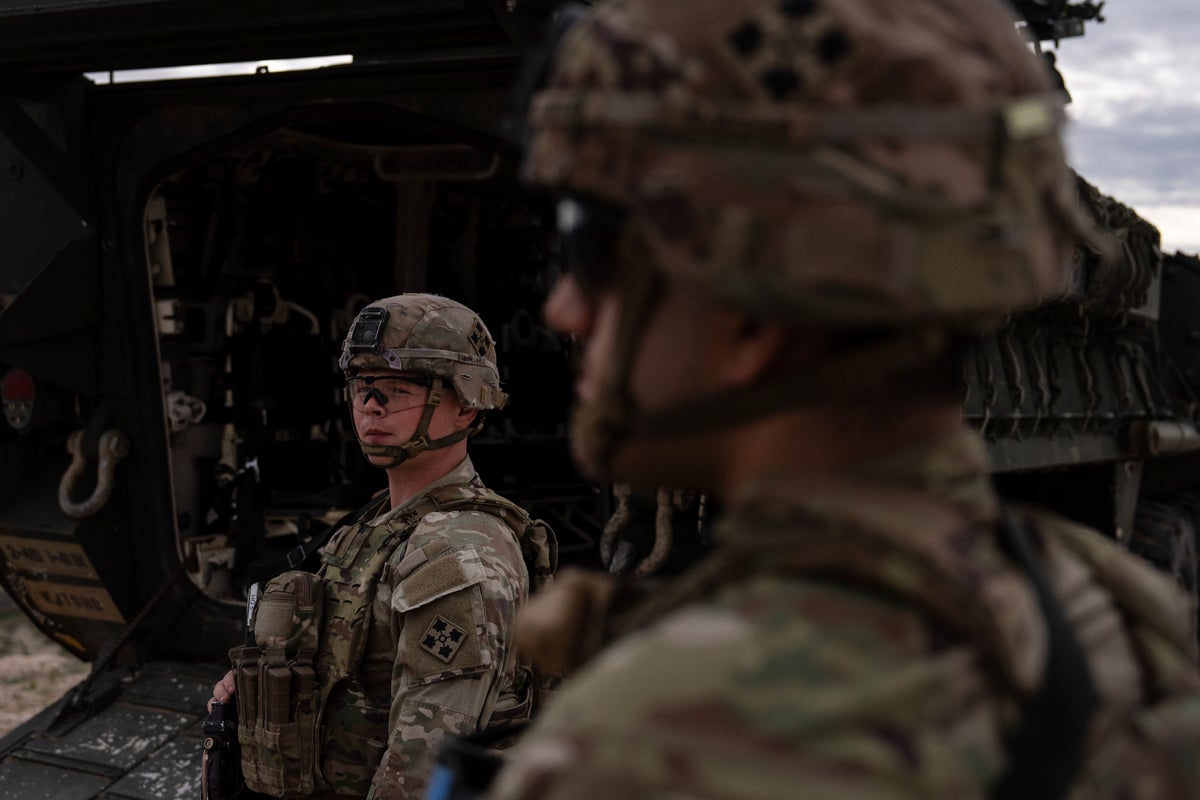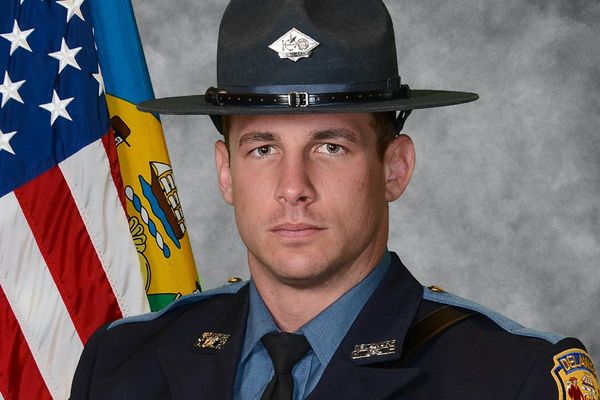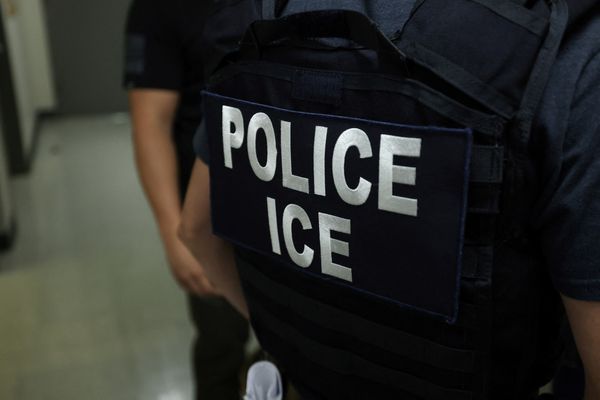
President Donald Trump has thrust the military into a central role in deterring illegal crossings into the U.S. at its southern border.
The strategy is playing out in Arizona's border community of Nogales, where an Army scout used an optical scope this week to find a man atop the border wall and sounded the alarm.
As the man lowered himself toward U.S. soil between coils of concertina wire, shouts rang out and a U.S. Border Patrol SUV sped toward the wall — warning enough to send the man scrambling back over it, disappearing into Mexico.
Such sightings of illegal entry are growing rarer and the rate of apprehensions at the border has fallen to a 60-year low.
“Deterrence is actually boring,” 24-year old Army Sgt. Ana Harker-Molina said, voicing the tedium felt by some soldiers over the sporadic sightings during two days in which The Associated Press embedded with the military on the border.
Still, Harker-Molina, an immigrant who came from Panama at age 12 and is now a U.S. citizen, said she believes the deployment of U.S. troops discourages crossings by their mere presence.
Military mission expands
U.S. troop deployments at the border have tripled to 7,600 and include every branch of the military — even as the number of attempted illegal crossings plummets and Trump has authorized funding for an additional 3,000 Border Patrol agents, offering $10,000 signing and retention bonuses.
The military's expanded mission is guided from a new command center at a remote Army intelligence training base alongside southern Arizona’s Huachuca Mountains.
A community hall there has been transformed into a bustling war room of battalion commanders and staff with digital maps pinpointing military camps and movements along the nearly 2,000-mile border.
Until now border enforcement had been the domain of civilian law enforcement, with the military only intermittently stepping in.
But since April, large swaths of border have been designated militarized zones, empowering U.S. troops to apprehend immigrants and others accused of trespassing on Army, Air Force or Navy bases, and authorizing additional criminal charges that can mean prison time.
The two-star general leading the new mission says troops work closely with U.S. Border Patrol agents in high-traffic areas for illegal crossings — and can deploy rapidly to remote, unguarded terrain.
“We don’t have a (labor) union, there’s no limit on how many hours we can work in a day, how many shifts we can man,” said Army Maj. Gen. Scott Naumann. “We can fly people into incredibly remote areas now that we see the cartels shifting” course.
Stopping the ‘got-aways’
At Nogales, Army scouts patrolled the border Tuesday in full battle gear — helmet, M5 service rifle, bullet-resistant vest — with the right to use deadly force if attacked under standing military rules integrated into the border mission. Underfoot, smugglers for decades routinely attempted to tunnel into stormwater drains to ferry contraband into the U.S.
Naumann’s command post oversees an armada of 117 armored Stryker vehicles, more than 35 helicopters and a half-dozen long-distance drones that can survey the border day and night with sensors to pinpoint people wandering the desert. Marine Corps engineers are adding concertina wire to slow crossings, as the Trump administration reboots border wall construction.
Naumann said the focus is on stopping “got-aways” who evade authorities to disappear into the U.S. in a race against the clock that can last seconds in urban areas as people vanish into smuggling vehicles, or several days in the dense wetland thickets of the Rio Grande or the vast desert and mountainous wilderness of Arizona.
The rate of apprehensions at the border is slowing down, Naumann acknowledges. But, he says, it would be wrong to let up, that crossings may rebound with the end of scorching summer weather.
“We’re having some successes, we are trending positively,” he said of the mission with no fixed end-date.
Militarized zones are ‘a gray area’
The Trump administration is using the military broadly to boost its immigration operations, from guarding federal buildings in Los Angeles against protests over ICE detentions, to assisting Immigration and Customs Enforcement in Florida to plans to hold detained immigrants on military bases.
Dan Maurer, a law professor at Ohio Northern University and a retired U.S. Army judge advocate officer, says it's all part of a “muscular” strategy by Trump to show his political base he is serious about a campaign promise to fix immigration.
The results are both norm-breaking and unusual, he said.
The militarized zones at the border sidestep the Posse Comitatus Act, an 1878 law that prohibits the military from conducting civilian law enforcement on U.S. soil.
“It’s in that gray area, it may be a violation — it may not be. The military’s always had the authority to arrest people and detain them on military bases,” said Joshua Kastenberg, a professor at the University of New Mexico School of Law and a former Air Force judge.
221 MPs call for Britain to recognise Palestinian state amid starvation in Gaza
Why are data nerds racing to save US government statistics?
Trump administration investigates Oregon's transgender athlete policies
Trump live: President attacks Bill Clinton over infamous Epstein island
How Jay Slater’s holiday with friends took a dark turn and ended in tragedy
Labour urged to overhaul crucial pension-age benefit claimed by millions







